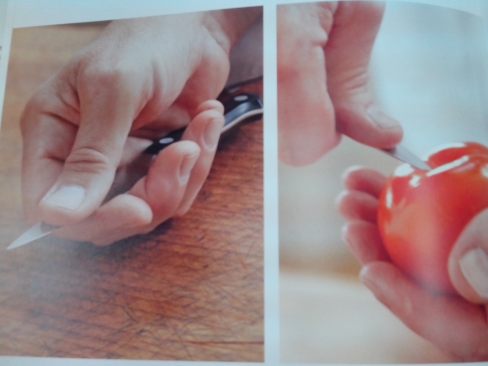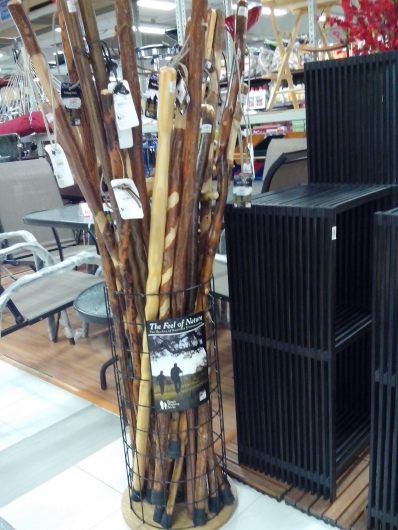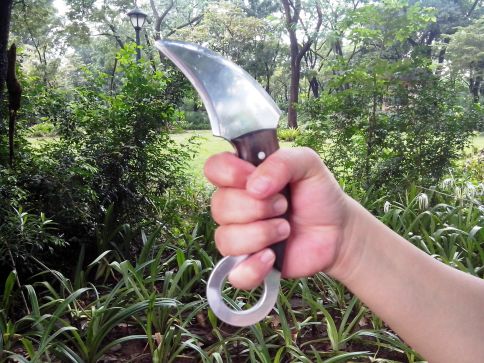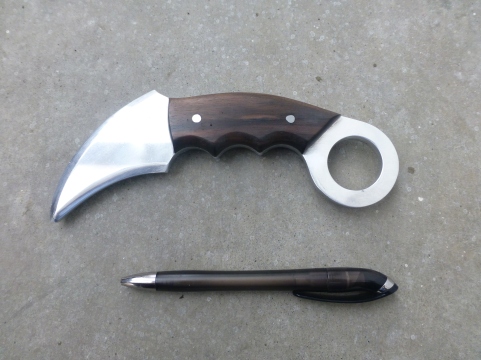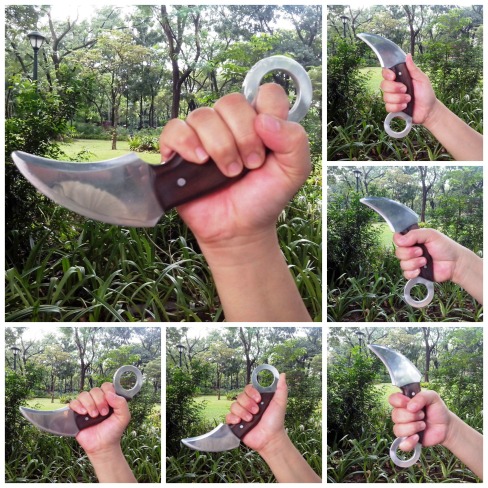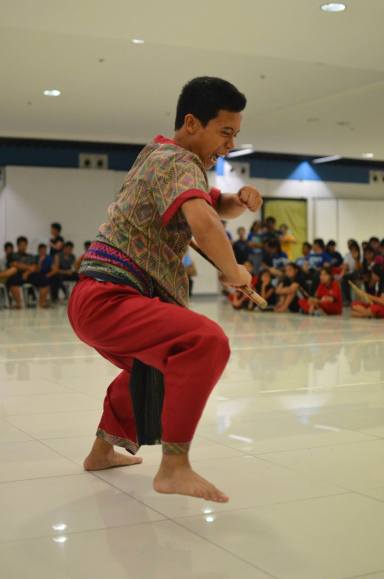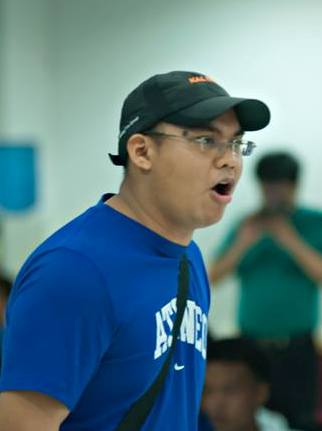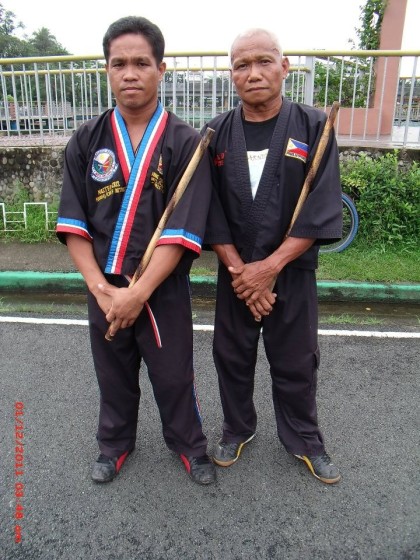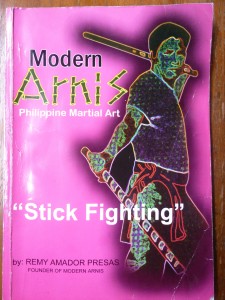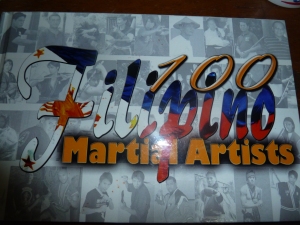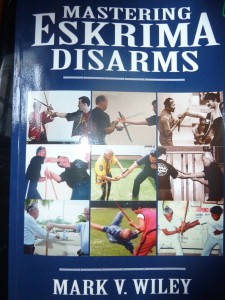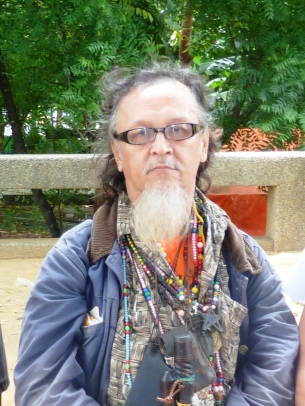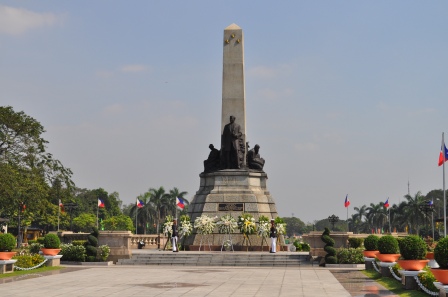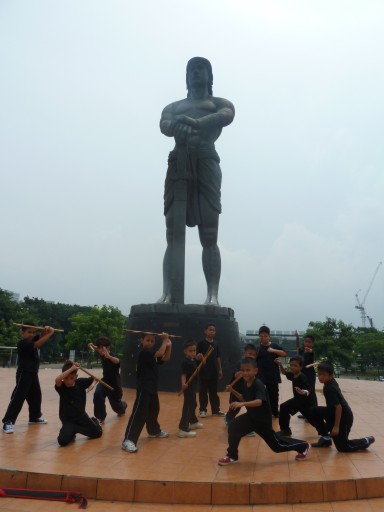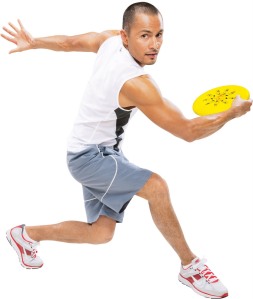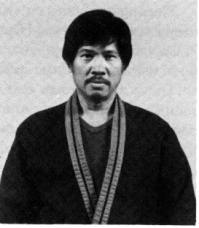
Tomorrow’s the day of the Arnis Pasindo’s 14th tournament.
Oh wow, is it really the 14th now? I shake my head with amusement and disbelief because we’re a small group and except for Master Cris Pasindo who is a full time Arnis-Eskrima instructor, we are all amateurs with other day jobs.
Organizing a tournament is no easy task I tell you. You have to take care of a million details. Over the years, we have learned a lot about how to do things. It’s still difficult but compared to when we first started, it’s much better now.
Here are some behind the scenes stories.

The Venue. Thankfully, we’re based in Quezon City and we have the Quezon Memorial Circle (a 22-hectare public park in the center of the city).
We wanted the basketball court because it’s bigger but we couldn’t afford it so we settled for the Volleyball Court and paid the reservation fee several months back.
Less than three weeks before the date we reserved, we were informed that the former mayor wanted to use all the courts on that day. Hmmp! Of course we didn’t want to move our date because all our invitations have been sent out. Well… no choice. We realized that that’s the way things are. They needed the court so… we moved.

The Officials. One of the difficulties we always have is estimating how many athletes will participate. That information will determine a lot of things, the most important of which is, how many referees and judges we would need.
In the last tournament, there were more participants than we expected so the officials worked almost non-stop. I think it was in the 6th tournament that we had more officials than athletes.
We always encourage people to register early, even giving them the incentive of a discount if they did. But only a few do so.
We usually hold our tournaments on Sundays but since we had to move to Saturday, we don’t know how many will be able to participate tomorrow. So, I think Master Cris made a lineup of twelve referees and judges (we’ll be having two courts).
The Finances: By far the biggest chunk of the expenses go to salaries. With all the hard work they do, you have to at least give the officials and staff fair wages.
Every tournament, we pay around 35 people (judges, referees, table committee members, scorers, timers, armorers) And that’s already lean. Our security marshals, housekeeping, medic, set up and clean up people, are all volunteers.
Aside from the salaries, you have to pay for the venue, food and drinks for the officials and staff, padded sticks, medals, trophies, certificates, etc, etc.
So far, we have no financial support from any national sports group like Philippine Sports Commission or Arnis Philippines. Maybe in the future this will change. I hope soon.
A few friends and some local government officials who understand our advocacy of advancing Filipino Martial Arts help us financially and they are very much appreciated.
But most of the expenses are shouldered by our group — small amounts put together and managed well accomplish a lot.
There are many more stories and one of these days, I’ll write about them. But for now, I have to go back to my own preparations for tomorrow. Just like the other Arnis Pasindo members, I will multitask.
- Member, Food Committee: Make sure that special guests (Grandmasters), officials, and staff are fed and hydrated.
- Member, Documentation Committee: Make a report of the whos and whats of the day.
- Medic.
Ok, bye for now.
Pugay.


